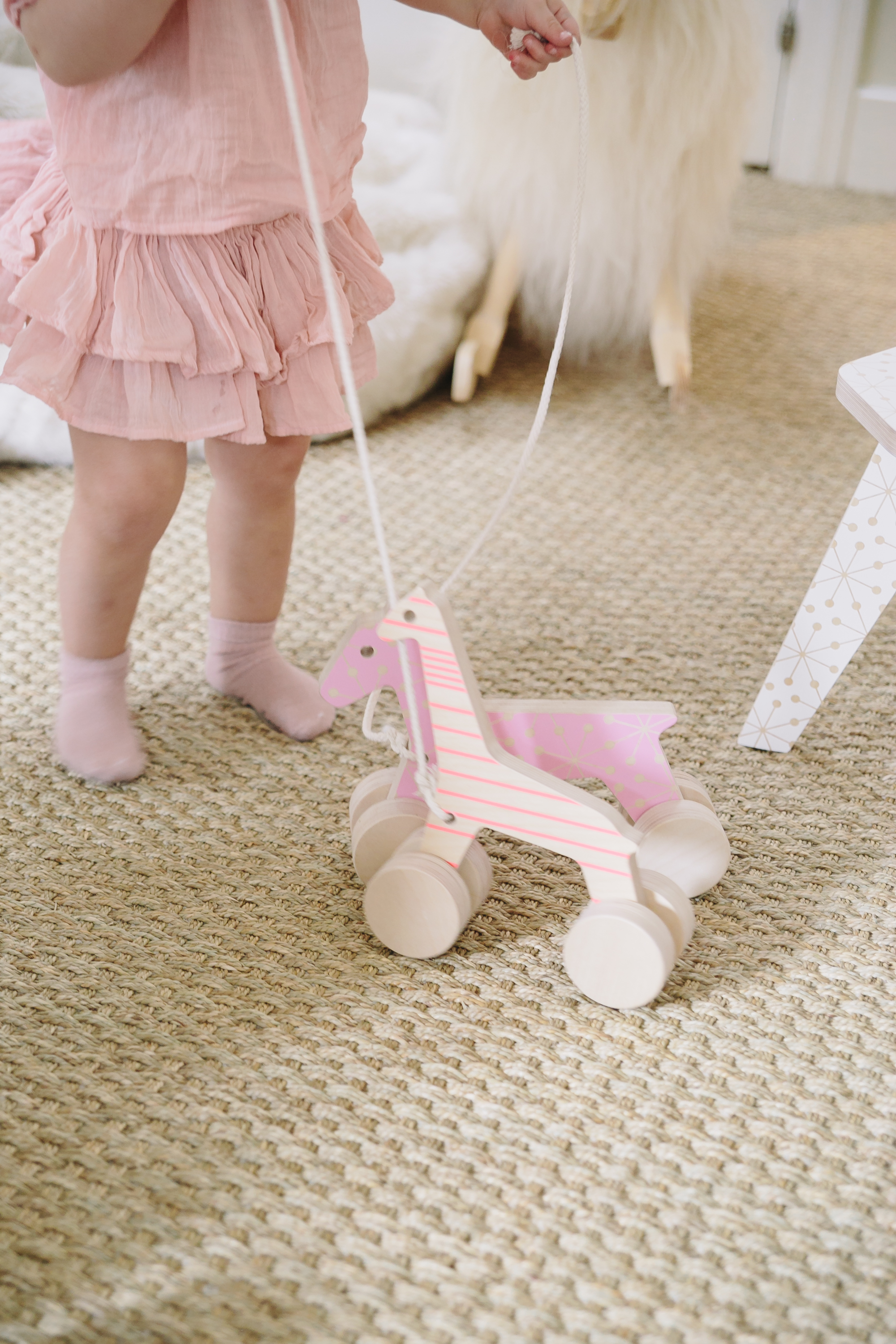You might have had one when you were younger or even had a friend who chatted away with an invisible companion when they were just knee-high. And while it may not seem like a big deal in retrospect (after all, you turned out fine, didn’t you?), when your own child starts talking about their imaginary friend who can fly or lives on the moon or told them a wild fact, it can be a little jarring.
But don’t go saging the house just yet. Imaginary friends could actually help your child’s growth and allow them to both express their creativity and build a healthy imagination. They’re also quite common, with up to two-thirds of kids between the ages of 3 and 8 having one.
Development psychologist Marjorie Taylor argues that most kids understand that their invisible friends are pretend and want you to do the same. “Many children at some point want to make sure you’re not confused,” Taylor says in Science Friday of her interviews with kids. “They’ll say, ‘You know it’s just a pretend little girl?'”
Over the course of her studies, Taylor also found that children with imaginary friends tend to be less shy, have a slightly larger vocabulary and do well with sympathizing or understanding the perspectives of others. Some, who develop these invisible BFFs as preschoolers, even go on to create entire imaginary worlds or paracosms, that Taylor suggests offer them a creative outlet as well as a means for playing with friends or getting to know the real world around them.
Imagination is never more apparent than in children, so why not tap into your own? The probability that your Mini will remember their imaginary friend when they are older is very low, so have some fun!
Did your Mini have an imaginary friend? Tell us below!
Want to expand your Mini’s mind? Read this article on How to Cultivate Creativity in Your Kids or take a minute to browse these 10 Parenting Books Every Mom Should Own.
Opening Image: Lauren Kallen for Mini Magazine
This post contains affiliate links. When you buy through links on our site, we may earn a commission at no extra cost to you.
This post contains affiliate links. When you buy through links on our site, we may earn a commission at no extra cost to you.
